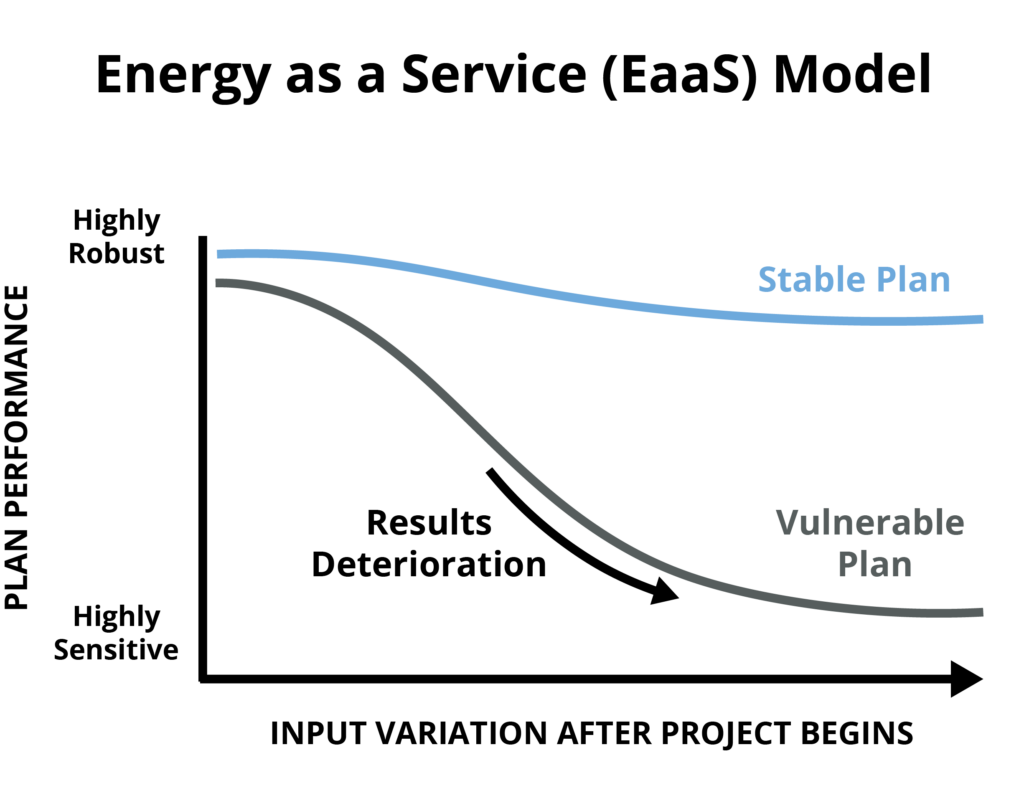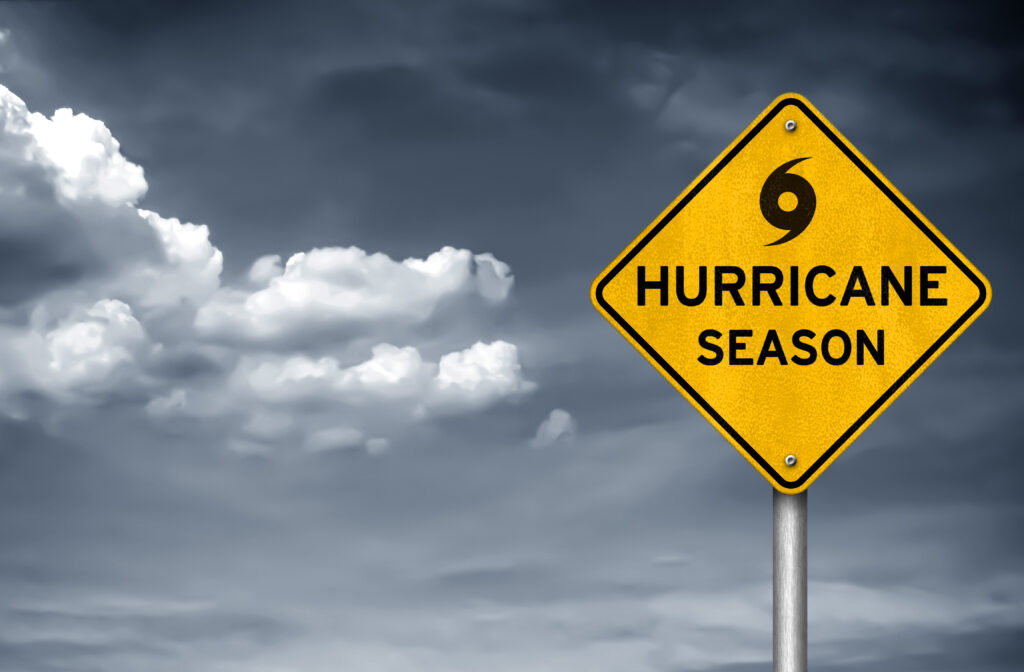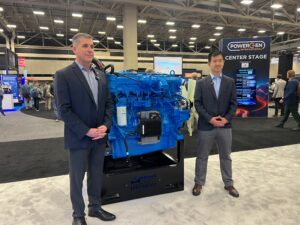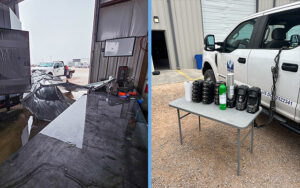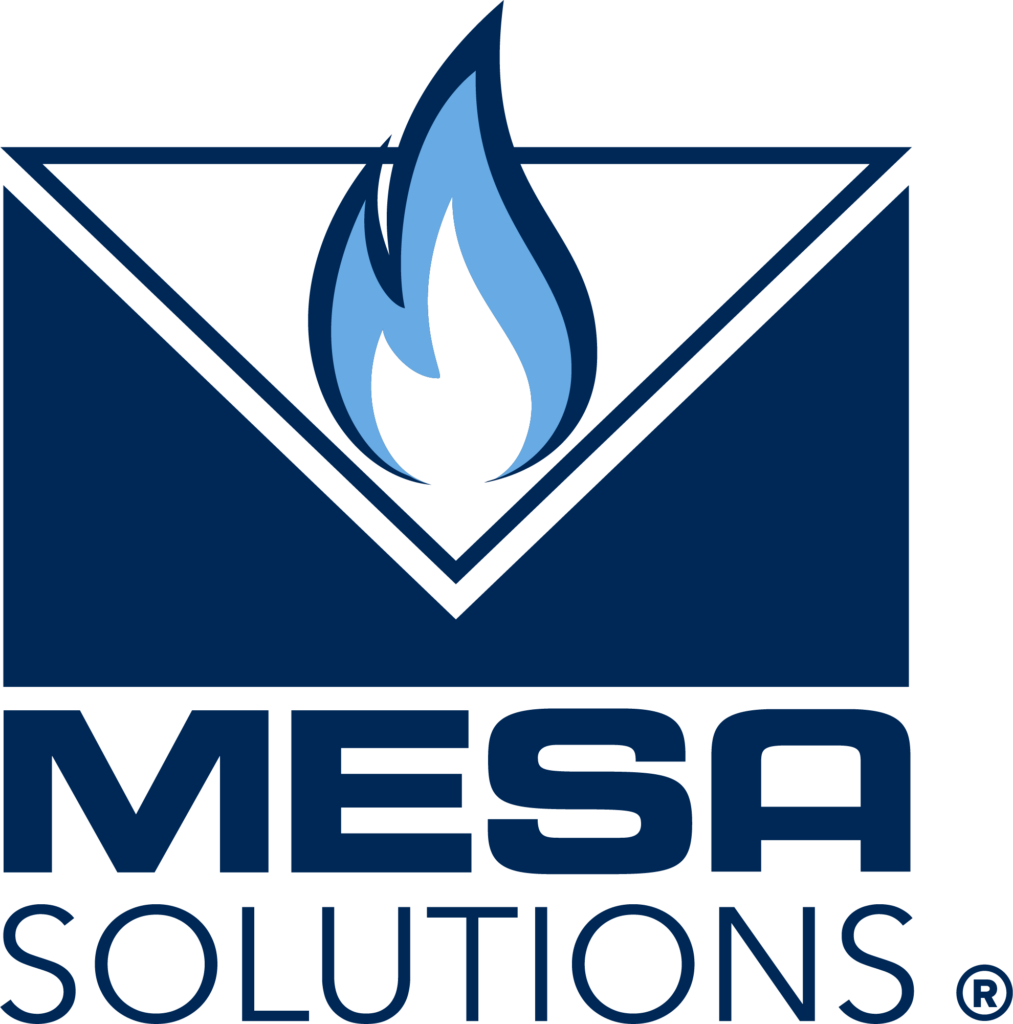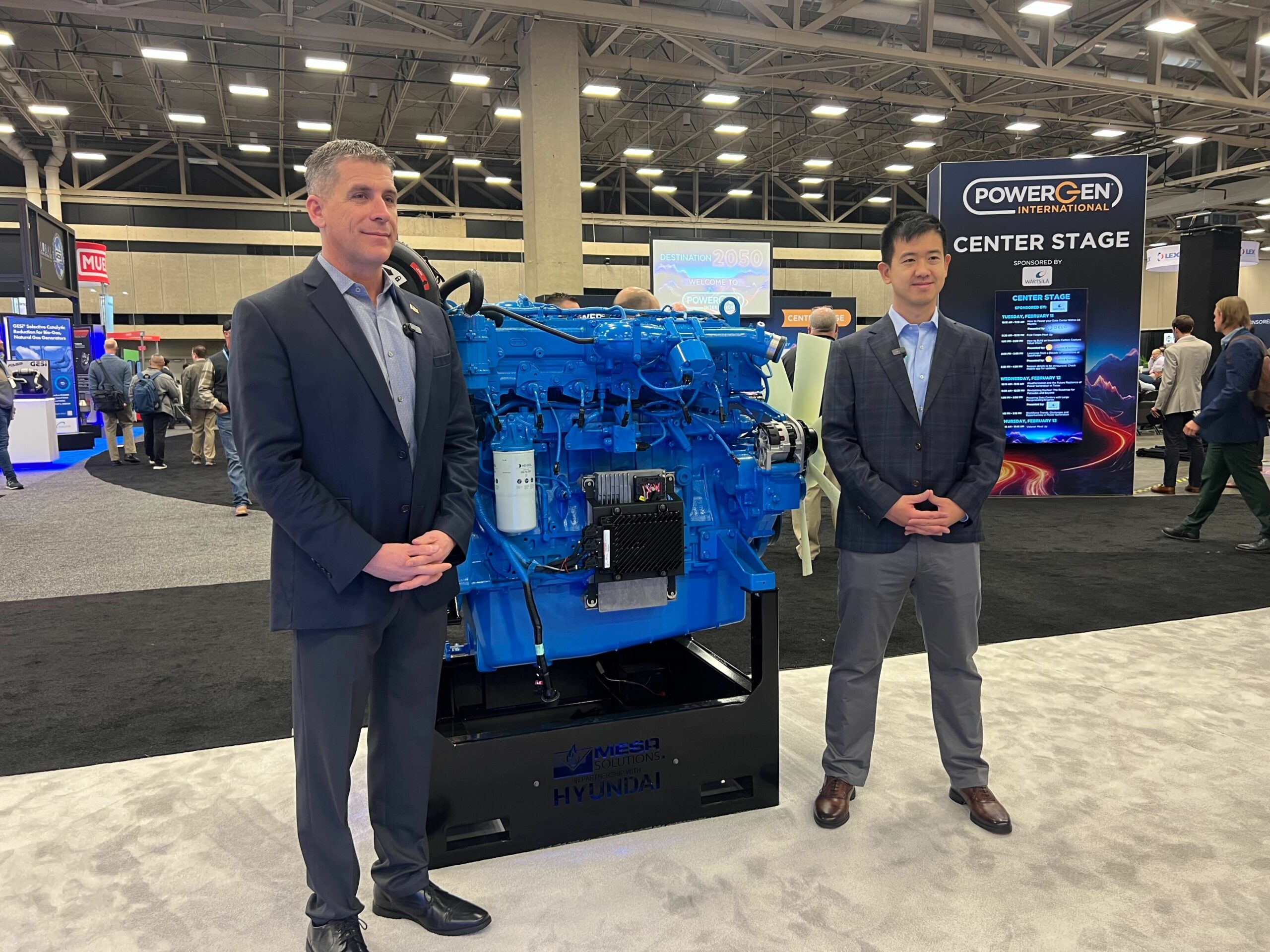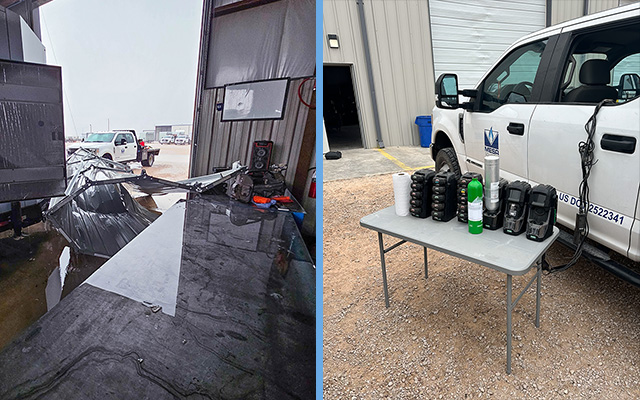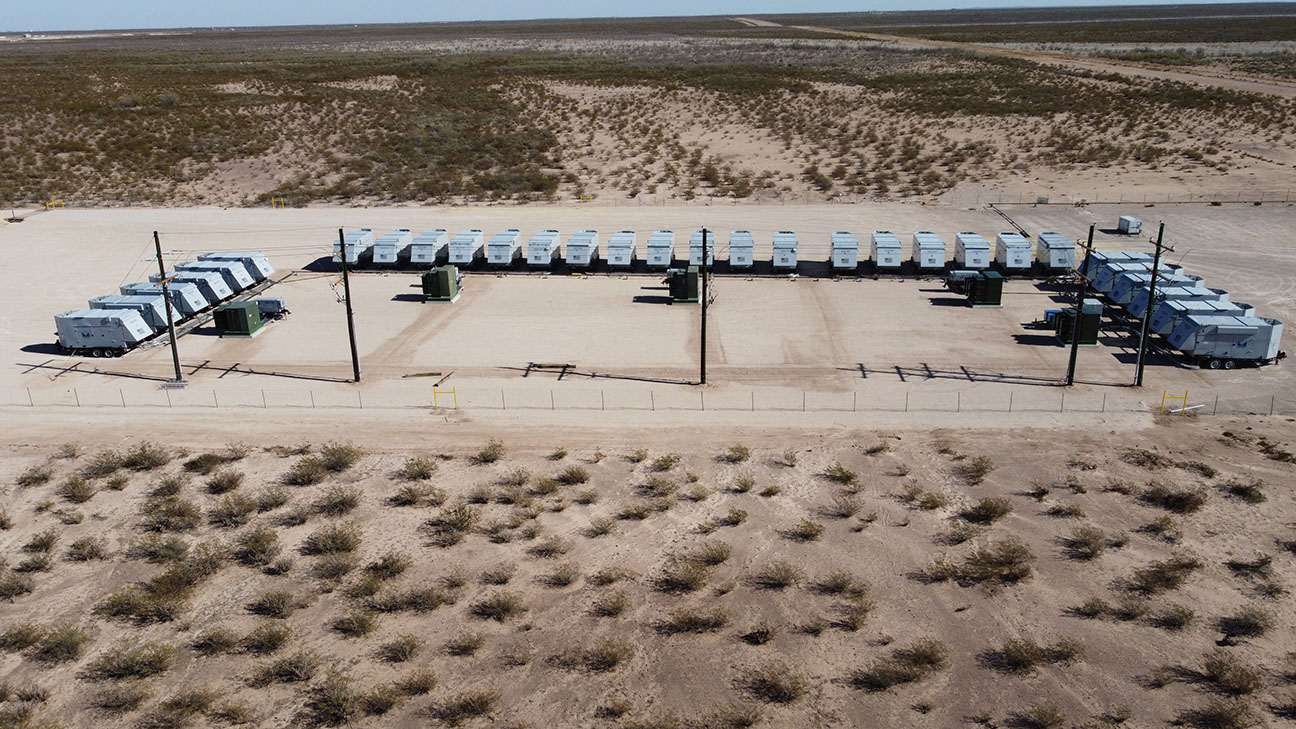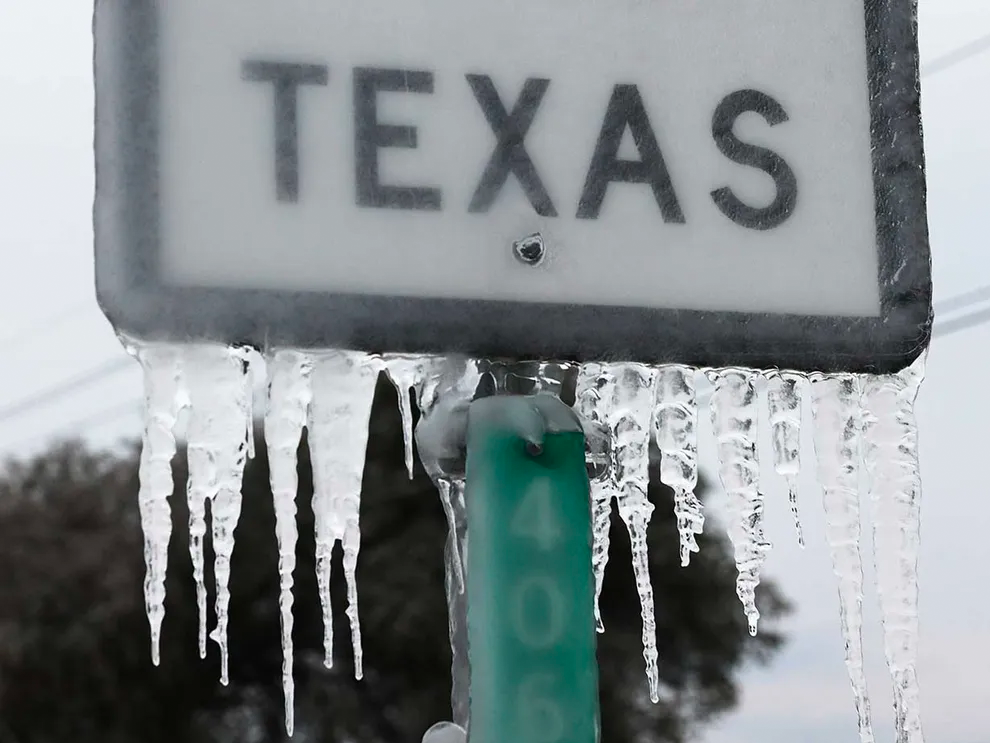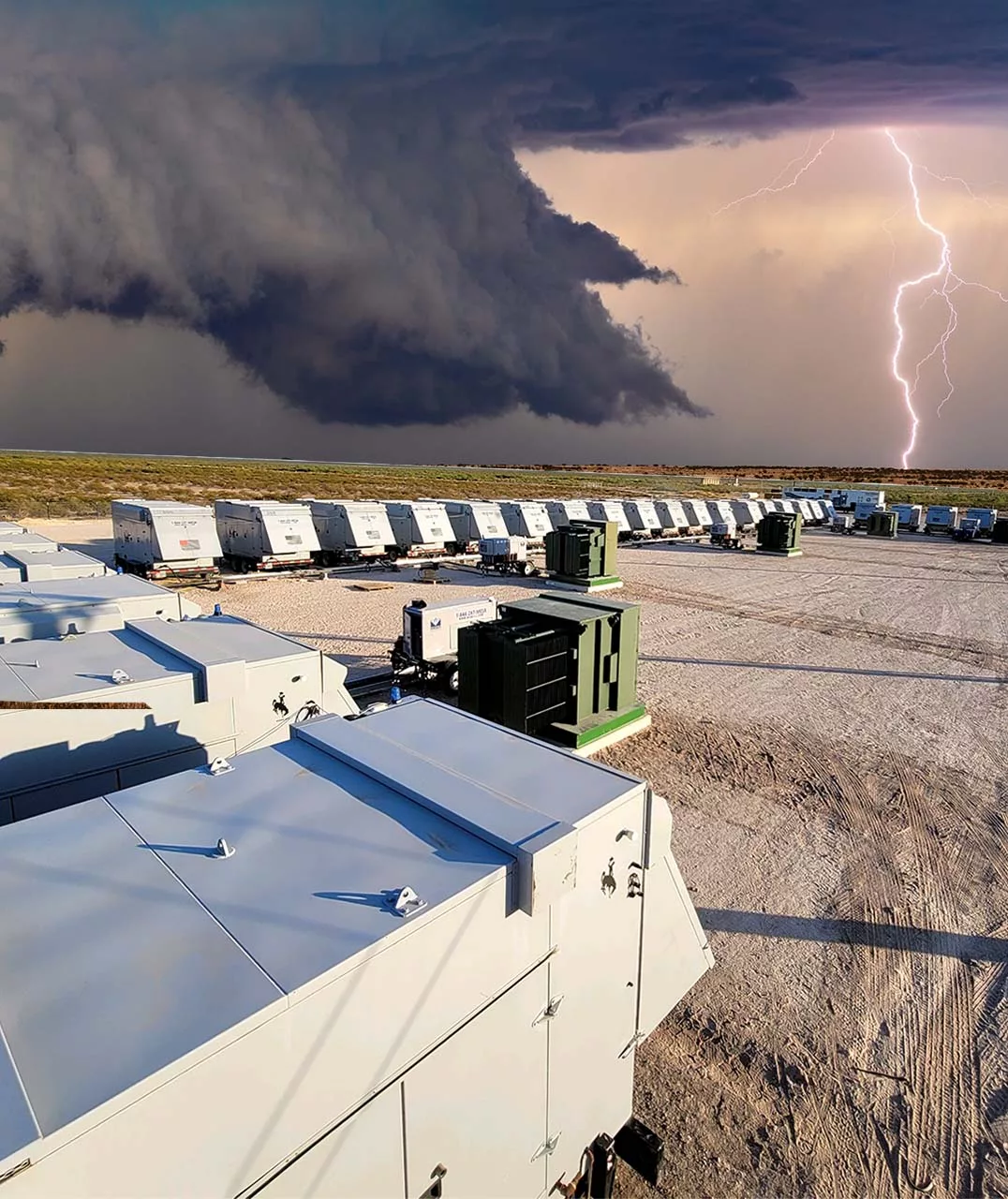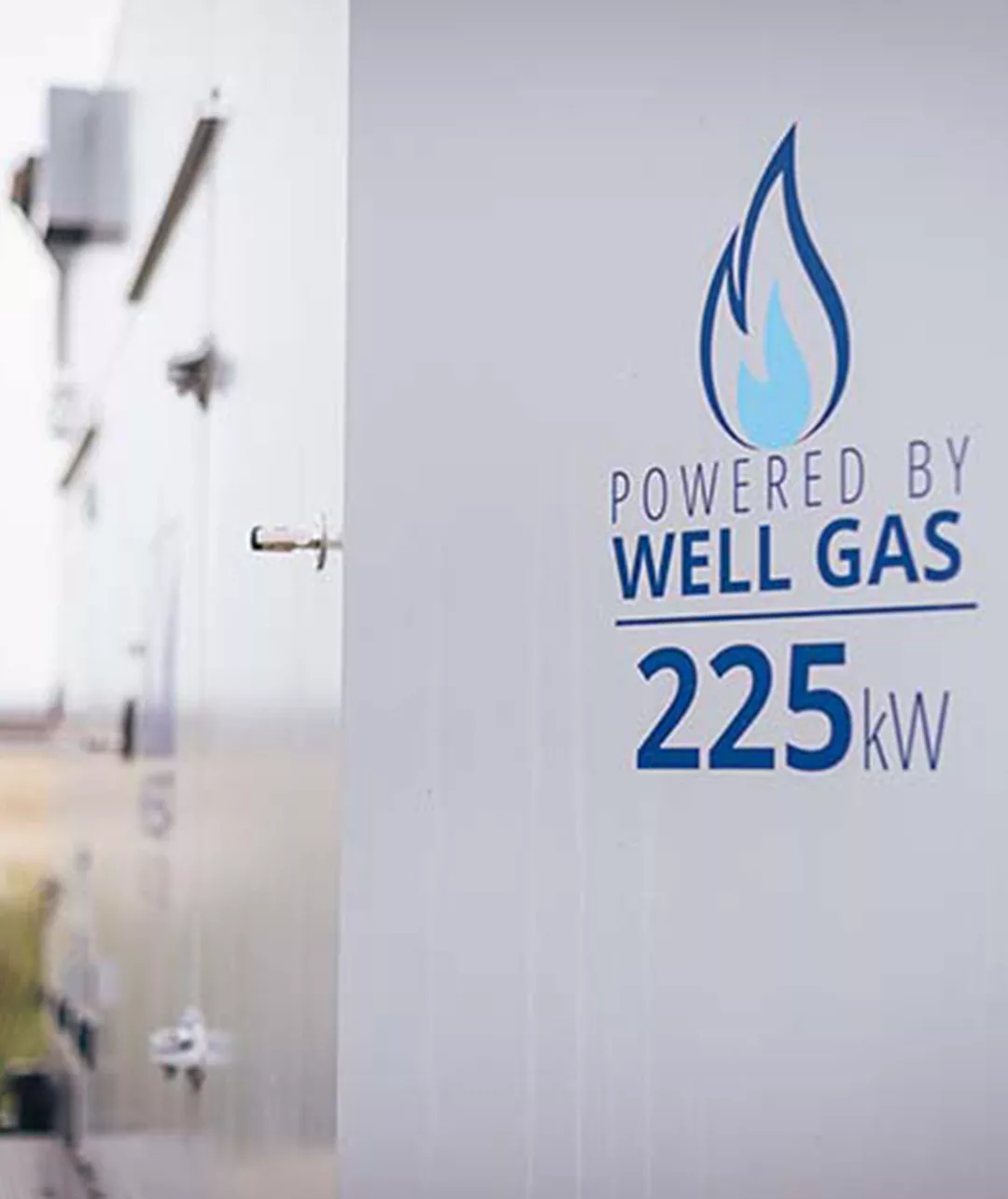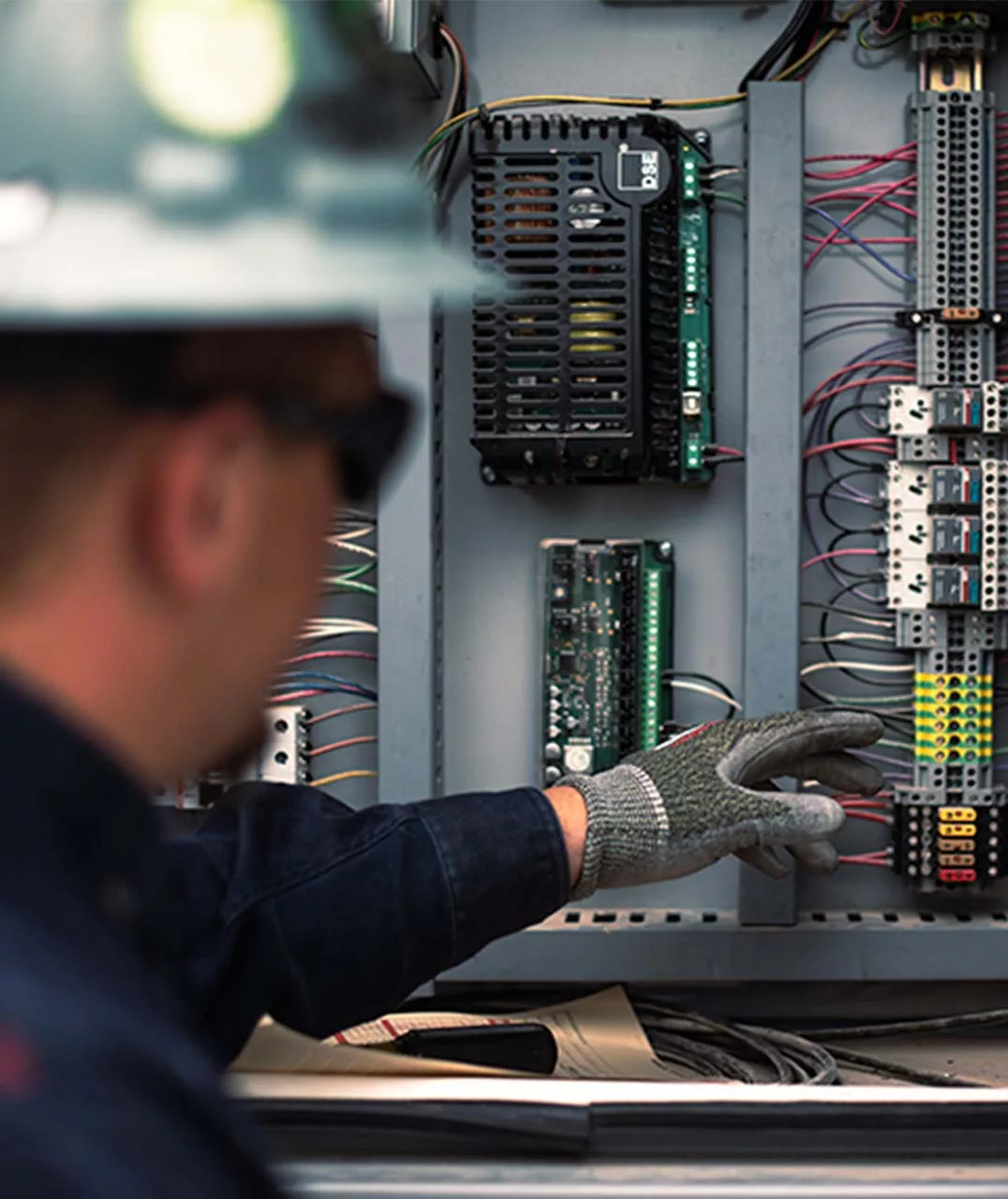According to the National Oceanic and Atmospheric Association (NOAA), hurricanes are becoming more frequent and more destructive, causing longer power outages and making hurricane preparedness more pressing than ever before. The 2020 hurricane season resulted in record-breaking U.S. economic losses of up to $65 billion, as estimated by AccuWeather. Forecasts report 2021 to be even more severe, with approximately 17 named storms, eight hurricanes, and four major hurricanes expected for the year. Knowing that hurricane damage and power disruptions are coming, how will you ensure your business is ready to weather the storm and avoid power and business loss?
1. Assess Your Current Power Situation
Backup generator
Many businesses own backup or standby generators, assuming they will only need to use them for a short period. But how long will you need an alternative power source, and will that generator run for as long as you need it? While it varies by manufacturer, most standby units are designed to run no more than 200 hours per year for no more than one week at a time. Bear in mind, hurricane disasters in recent years have caused power outages lasting anywhere from one week to as long as 23 days in the case of Hurricane Katrina. By comparison, prime or continuous generators are rated to serve as the primary source of power and run for days, weeks, months, even years. Mesa Solutions Natural Gas Generators are designed for prime, continuous power. Our generators run 24/7 for months on end and are equipped with automatic fuel switching technology to switch between propane and natural gas as fuel is available.
Renewable Microgrid
Many businesses designed their microgrid for sustainability and cost savings, leveraging renewable resources like wind and solar power – never dreaming a hurricane would bring destruction and devastation to their campuses and facilities. Unfortunately, wind and solar alone will fail you when you need them most, such as during a natural disaster like hurricanes. The key to microgrid power resiliency is diversifying your microgrid power sources with resilient and dependable technologies like a natural gas generator. Natural gas generators and renewables work in tandem to provide continuous power in a microgrid (generating power when your wind and solar can’t or can’t produce enough) while remaining greener than other standby power options.
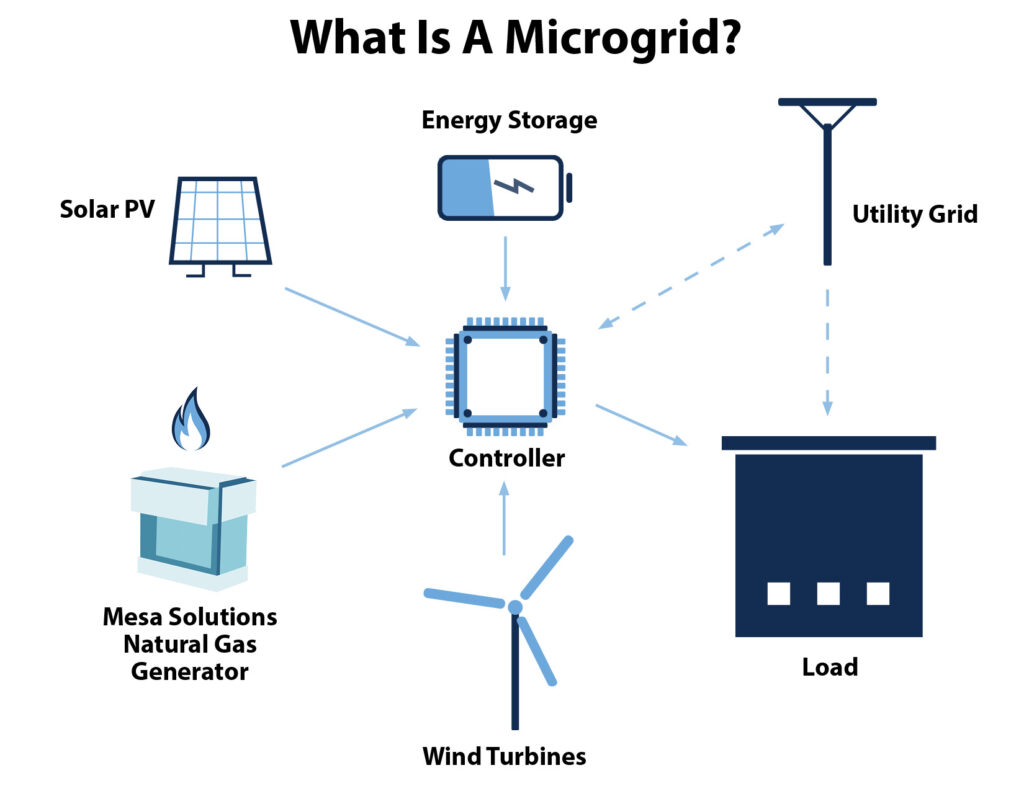
Line Power
If you are solely relying on power from your utility company, you are making yourself vulnerable. During a natural disaster, vulnerable utility poles and lines are knocked down or broken, leaving millions without power for extended periods. In October of 2020, hurricane Zeta left 2 million utility customers without electricity, and these types of events aren’t isolated. Utility companies take an average of 2-weeks to restore power to their constituents, you can’t afford to be out of business for that long. How long are you willing to go without power?
2. Assess Fuel Sources
Diesel
Consider what fuel sources will be available to you in the aftermath of a major hurricane. Diesel becomes scarce during a prolonged power loss as it’s used for emergency vehicles. Shipping fuel, including diesel, is often disrupted or shut down during hurricanes, and diesel becomes a target for thieves to steal from sites during crises.
Natural Gas
Do you have a natural gas pipeline that already exists? They are typically left unharmed during natural disasters and continue to supply fuel uninterrupted. Unlike diesel, natural gas has an indefinite shelf life and emits far fewer greenhouse gases than diesel, making natural gas a “natural” addition to your microgrid equipped for hurricane season – emitting 95% less NOx, 98.1% less VOC, and 94.7% less CO than diesel.
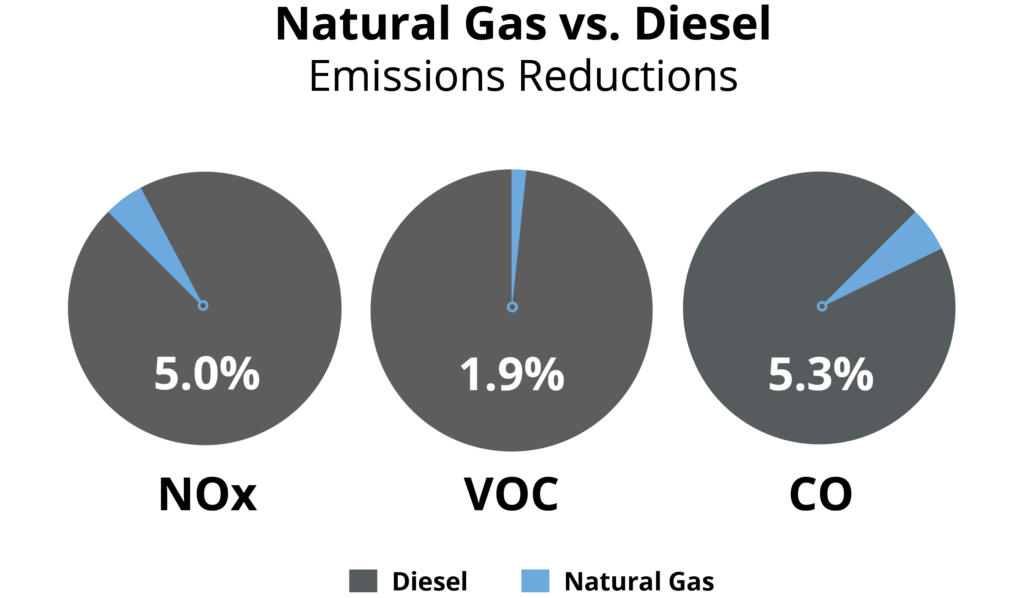
Wind and Solar
Renewables cannot support heavy power needs alone especially during natural disasters – they need a reliable counterpart. For optimal dependability, wind and solar should be supplemented with a time-tested conventional source of power generation; natural gas generators. Natural gas generators can function in a microgrid alongside renewables to create a resilient, reliable, and environmentally conscious standby power solution.
3. Assess How Long Your Business Can Survive Without Power
Our world functions on electricity, making it a critical, life-sustaining necessity. But how long is your business willing to go without power? When preparing for a hurricane, businesses should ask themselves, “How does the length of an outage jeopardize our life-sustaining and must-have requirements?” or “How long can we endure potential harm or economic loss?”
For a commercial or industrial operation, a four-hour outage might mean a short-term disruption. A four-day outage might require temporary layoffs or risk the loss of key customers. A four-month outage could spell bankruptcy or even deterioration of civil order.
Can your business afford a four-hour outage or four-day outage? Maybe. Private and public reports encourage businesses to prepare for sudden outages lasting for longer durations, especially during natural disasters. It’s always best to plan for the worst: a four-month outage. Avoid the risk of losing product, revenue, employees, and possibly your business by planning your resilient microgrid standby solution ahead of time.
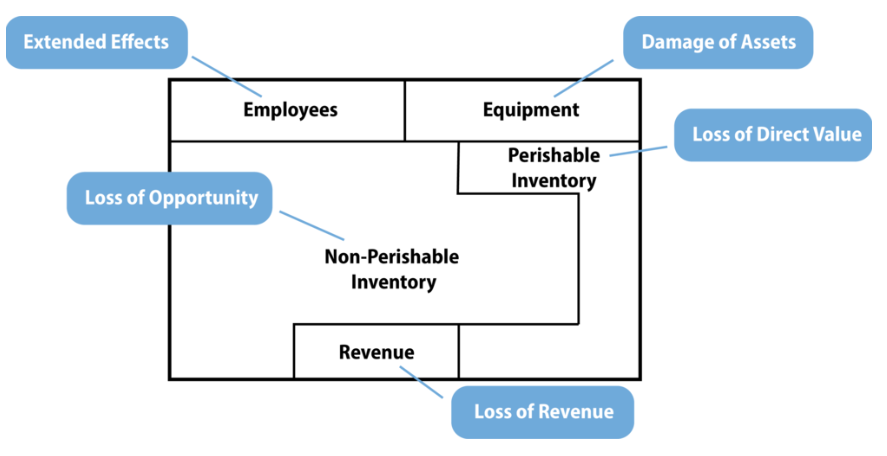
4. Assess How You Can Finance Your Microgrid
EaaS / MaaS (Energy as a Service / Microgrid as a Service)
One of the most common qualms businesses have about microgrids is financing. Many are afraid of the astronomical CapEx required to integrate renewables and natural gas generators into their energy mix, then comes financing options. EaaS (energy as a service) can help make microgrids affordable even for smaller businesses with smaller energy loads, by turning a would-have-been capital expense into an operating cost. With net metering, your microgrid vendor becomes your site power provider, selling power to you and possibly to the grid instead of the utility. The vendor ownership of the microgrid allows businesses to refrain from worrying about service and maintenance costs.
It is possible to keep power during a hurricane, it just requires a resilient and reliable generator. Selecting a natural gas generator(s) as a complimentary or standalone power source for your microgrid will help you avoid outages you and your community will face with power lines and local utilities during a natural disaster.
